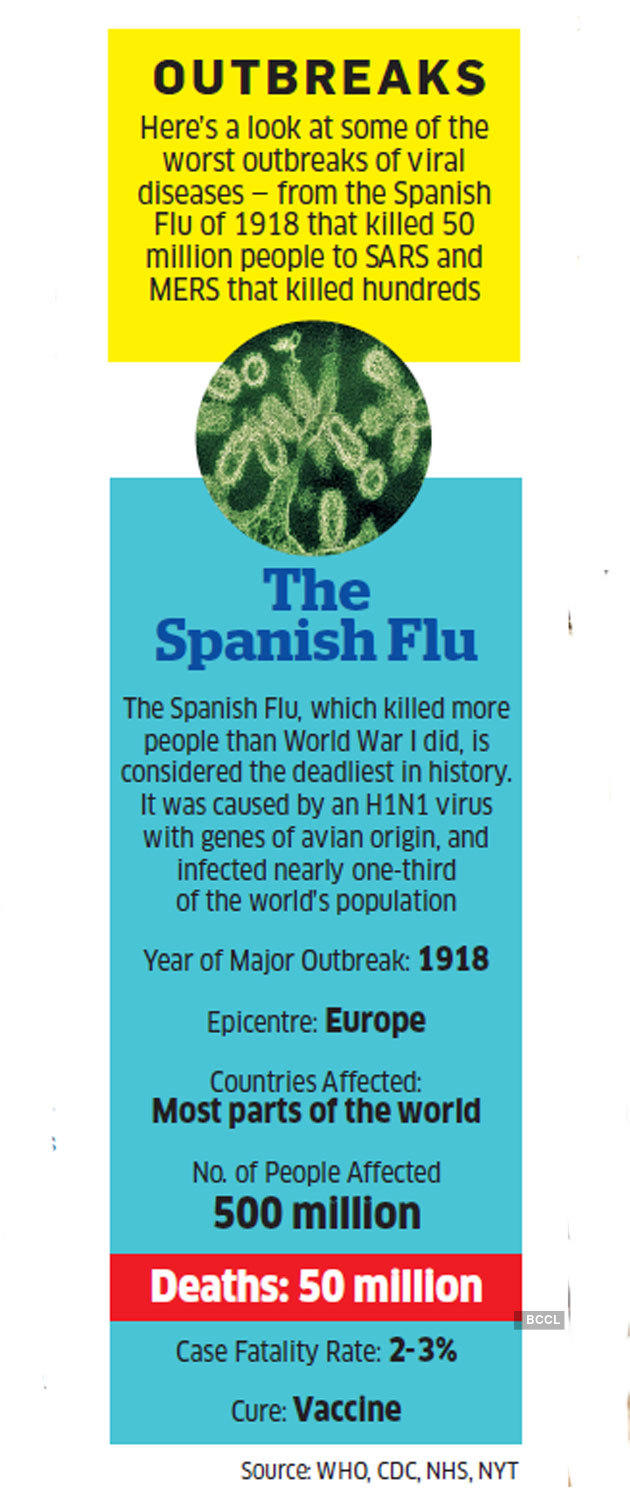Consequences of lockdown and its future outlook
Relevance: G.S paper I: Society and Social Issues & Sociology: Constitution, law and social change.
Context:
- With the nation in the midst of an extended lockdown to prevent the spread of COVID-19, the question of what to do next looms large. We are operating in a brave new world where modern governance has met an old-fashioned enemy.
Historical background:

- The Spanish flu epidemic of 1918 is believed to have killed more than 15 million Indians and COVID-19 is seen to be almost as virulent.
• At the same time, there are more weapons in our arsenal to deal with this enemy today than a century ago.
• Worldwide, social distancing is seen as a way to reduce the spread of the disease until health systems are able to cope with it and a vaccine is developed.
• The challenge we face is between public health needs and the requirement to keep the wheels of the economy rolling.
How has the lockdown affected society?
- While there is no crystal ball to predict the future, a recently completed Delhi National Capital Region Coronavirus Telephone Survey (DCVTS) by the National Council of Applied Economic Research (NCAER) offers interesting insights into the present.
• The NCAER National Data Innovation Centre has carried out the Delhi Metropolitan Area Study (DMAS) since February 2019.
• It has surveyed over 5,000 urban and rural households in Delhi as well as in the surrounding districts of Uttar Pradesh, Haryana, and Rajasthan via in-person interviews.
• Between April 3 and April 6, 2020, about 1,750 households from this larger study were surveyed in a telephone interview about their understanding of symptoms and transmission of the novel coronavirus as well as their experience of the lockdown.
• The massive communications effort undertaken by the government ensured that every single person interviewed had heard of coronavirus and 95 percent believed it to be very dangerous.
• When asked to identify symptoms of the infection, they could easily distinguish between coronavirus as a respiratory disease as opposed to a gastrointestinal disease.
• The next stage of communications messaging, however, will need to focus on helping people identify when to seek help.
• Only about 45 percent of the respondents noted breathing difficulties as a key symptom and only 36 percent correctly named all three — fever, cough and breathing difficulties — as major symptoms. Past rounds of DMAS have found that 11 percent of individuals suffered from cold and flu-like symptoms.
• If all of them try to get coronavirus tests, this will pose an overwhelming challenge for the health system.
• Thus, educating respondents about key symptoms and identifying conditions under which treatment must be sought will be a necessary part of future communications strategy.
Should we continue it for a few more weeks?
- Respondents reported that the lockdown resulted in a substantial reduction in income in the preceding two weeks.
• About 55 percent respondents said that their incomes had reduced “very much” while 30 percent said it had reduced “somewhat”.
• Most of the income drop occurred in households that drew income from casual labor or petty business.
• Regular salaried workers were somewhat isolated, as were farmers. Among households where the primary source of income was casual labor, 75 percent suffered large income loss compared to 47 percent for regular salaried workers.
• The drop in income affected households in the bottom 20 percent of the wealth distribution more than those in the top 20 percent — 62 percent in the bottom quintile reported a large decline in income compared to 42 percent at the top.
• This lends strength to the urgency for ensuring income support to households below the poverty line.
Using the tool of social distancing:
- Social distancing, one of the primary weapons in our arsenal, is understood by most households and people are making an effort to follow it.
• About 85 percent of the respondents noted some form of social distancing as a way of preventing infection.
• When asked about how many people they had come in contact with outside the house over the preceding 24 hours, over 50 percent responded that they had not come in contact with anyone.
• Most of the others noted only one or two contacts outside the house. However, a minority of individuals had a large number of contacts.
• Many were in occupations like shopkeeping that did not allow them to distance themselves.
• We will need to develop strategies, such as the use of masks, that allow these individuals to continue to offer essential services while reducing the spread of the disease.
Way forward:
- An emergency, like the threat of coronavirus, brings out the best and the worst of ourselves.
• It has brought forth a civic response unlike any we have seen in the past outside of war times. Regardless of their personal situation, individuals stand ready to fight the virus.
• Despite some missteps, it has also brought out the strength of the Indian bureaucracy in identifying the challenge and in mobilizing strategies like social distancing before the virus had a chance to spread to rural India.
• At the same time, it has also amplified preexisting vulnerabilities where some segments of the society face greater challenges due to loss in incomes or are at a higher risk due to preexisting conditions such as diabetes or heart condition.
Conclusion:
- The coronavirus threat also highlights the vulnerability of the Indian health system, forcing us to make difficult choices in who to test, whom to treat and when to treat as we try to deal with shortages in testing supplies and treatment facilities.
For more such notes, Articles, News & Views Join our Telegram Channel.
Click the link below to see the details about the UPSC –Civils courses offered by Triumph IAS. https://triumphias.com/pages-all-courses.php

